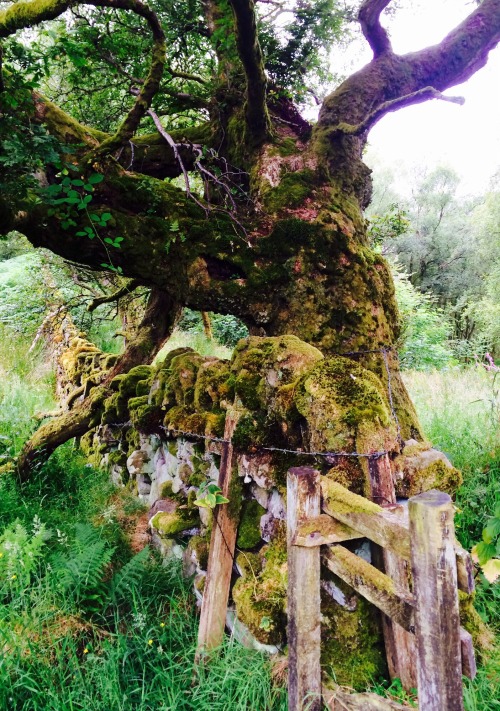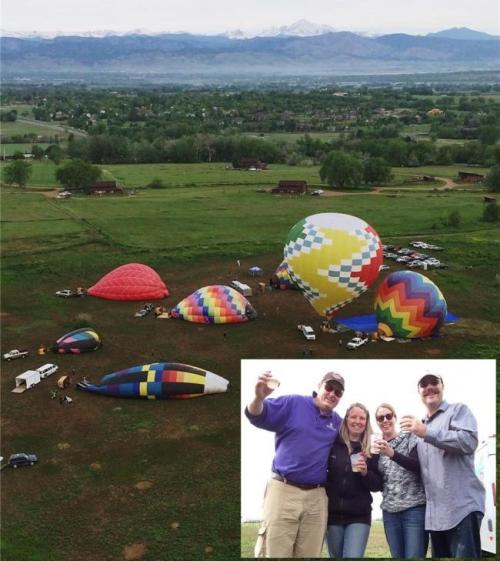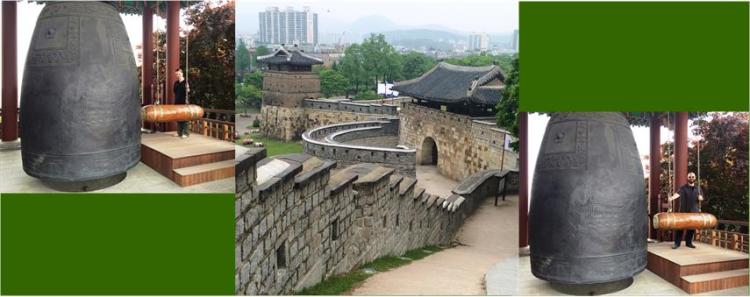The John Muir Way - Helensburgh to Balloch
 DINKS Travel
DINKS Travel  Our two relaxing days in Helensburgh passed quickly and we were soon bidding the quiet west coast town goodbye. With backpacks hoisted, we set off into the cloud-covered hills on the first leg of our walk across Scotland.
Our two relaxing days in Helensburgh passed quickly and we were soon bidding the quiet west coast town goodbye. With backpacks hoisted, we set off into the cloud-covered hills on the first leg of our walk across Scotland.
The gradual ascent, an elevation increase of one thousand feet, offered lovely, slightly hazy views of the extensive Loch Lomond. The trail passes through a diverse landscape of spongy wet bogs and lush green woodlands decorated with diverse windflowers and centuries-old stone walls. The mist and light rain contributed to what we perceived as an authentic Scottish experience, but it didn't dampen our spirits or lessen our strides.
As we approached the ninth mile we descended into the welcoming quaintness of Balloch, a tidy loch-side village where we will spend two nights getting to know the area and its people, before continuing our cross-country trek.
 Balloch,
Balloch,  Helensburgh,
Helensburgh,  Hiking,
Hiking,  Scotland,
Scotland,  Sites,
Sites,  The John Muir Way
The John Muir Way 









